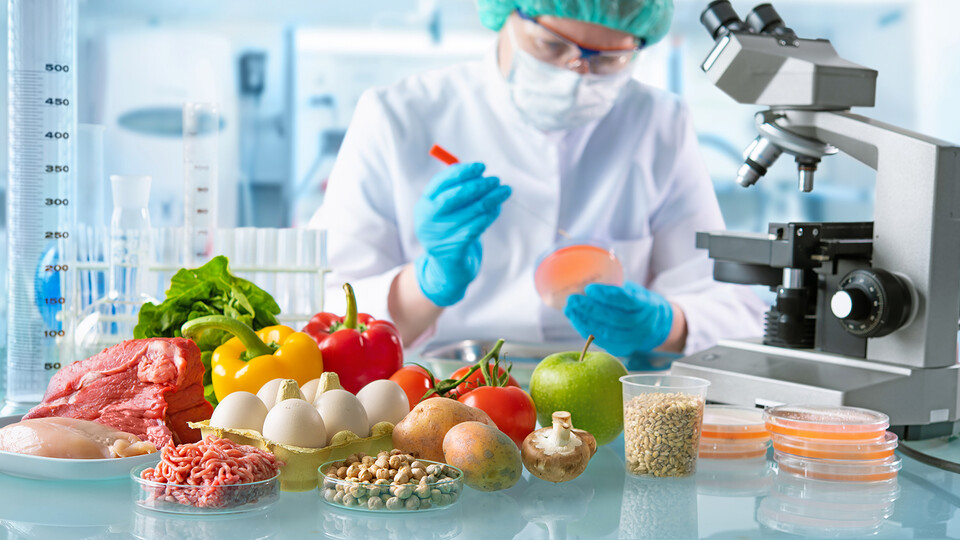Food Science and Technology Department

Department of Food Science and Technology: Faculty Publications
Document Type
Article
Date of this Version
2019
Citation
Published in Food Research International 123 (2019), pp 27–35.
doi 10.1016/j.foodres.2019.04.014
Abstract
Crystalline structure of phytosterols leads to poor bioavailability and makes their incorporation into foods challenging. Bioaccessibility of first-of-their-kind low-crystallinity phytosterol nanoparticles impregnated in nanoporous starch aerogels (PS-NSA) was evaluated in non-, low-, and regular-fat solid and aqueous food formulations, namely, granola bars and puddings for the first time. Bioaccessibility of the phytosterol nanoparticles was significantly higher than that of crude phytosterols in all food formulations (p < .05); it was 88.2 and 91.8% for low- or regular-fat granola bars, respectively, whereas bioaccessibility of crude phytosterols was ca. 30% in those formulations. However, decreasing the lipid content to zero resulted in lower phytosterols' bioaccessibilities from both PS-NSA (53%) and crude phytosterols (ca. 16%) in non-fat granola bars. Bioaccessibility of crude phytosterols (2%) was significantly enhanced with PS-NSA (19%) in the pudding formulation. PS-NSA allows preparation of low- and non-fat foods enriched with phytosterols while enhancing the health benefits of phytosterols with smaller doses.

Comments
Copyright © 2019 Elsevier Ltd. Used by permission.